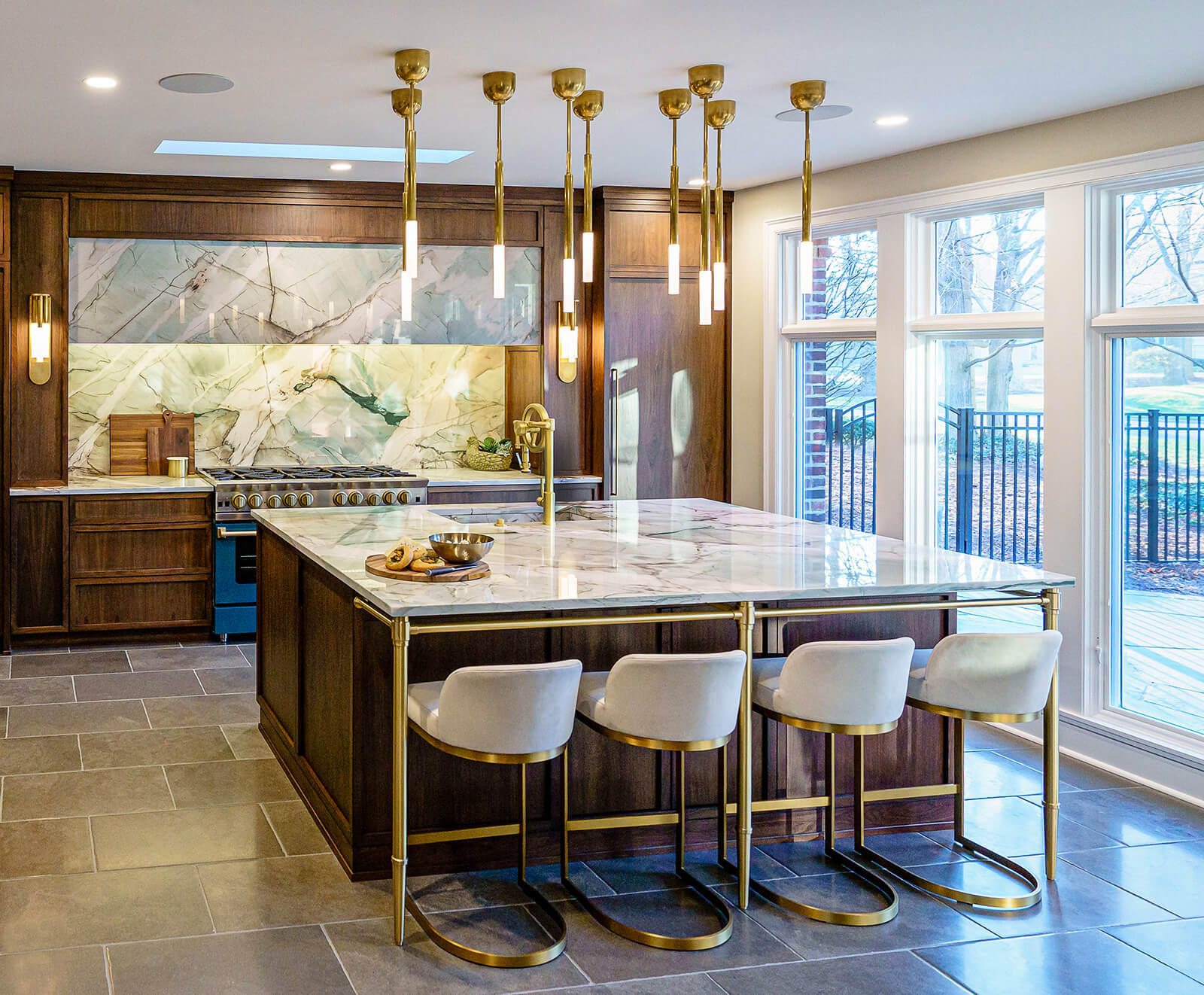Transform Your Kitchen's Appearance with One-of-a-kind Legs For Kitchen Island Accessories
Transform Your Kitchen's Appearance with One-of-a-kind Legs For Kitchen Island Accessories
Blog Article
Vital Aspects to Think About When Choosing Legs For Kitchen Area Island
Choosing the appropriate legs for a cooking area island involves a mindful evaluation of numerous elements that can dramatically influence both capability and aesthetic charm. As we explore these aspects, it comes to be clear that each decision can have far-reaching implications for the total kitchen experience.
Material Options
When picking legs for a kitchen island, comprehending the various material choices is essential for accomplishing both visual appeal and structural stability (Legs For Kitchen Island). The selection of material considerably affects not just the resilience of the island however additionally its overall design and performance
Timber is a preferred choice, providing warmth and adaptability. Strong woods, such as oak or maple, provide strength and can be discolored or repainted to match the kitchen area style. Steel legs, often made from stainless steel or wrought iron, contribute a industrial and contemporary feel while making sure toughness and security. These products are immune to use and can sustain considerable weight, making them suitable for bigger islands.
One more option is engineered products, like MDF or plywood, which can be extra economical while still using a variety of surfaces. However, they might not supply the exact same level of security as solid wood or steel. Lastly, products such as acrylic or glass can produce a contemporary appearance, though they may call for extra support to make certain stability.
Eventually, the selection of material for cooking area island legs ought to line up with the desired capability and the overall motif of the kitchen.
Design And Style

When taking into consideration style, the form and surface of the legs are critical. Conical legs can provide a feeling of lightness and sophistication, while thicker, much more durable legs can convey toughness and stability. Furthermore, the surface-- be it painted, stained, or all-natural-- should match the cabinets and counter top products to develop a unified look.
Furthermore, the design of the legs can also mirror individual taste. Personalized or attractive legs, such as those featuring detailed makings or distinct geometric forms, can work as prime focus, adding personality and individuality to the kitchen. Eventually, the appropriate choice will not only boost capability but likewise raise the visual allure, making the kitchen island a standout feature of the home.
Height Considerations
Selecting the proper height for kitchen island legs is crucial, as it straight influences both performance and comfort. The basic height for a cooking area island commonly varies from 36 to 42 inches, aligning with common kitchen counter heights.

It is likewise crucial to make up individuals' heights and choices. Customizing the elevation can make sure a comfortable experience for all household members, making the cooking area island a much more functional and delightful area.
Weight Assistance
Guaranteeing adequate weight support for cooking area island legs is crucial for both safety and performance. The kitchen island commonly serves several objectives, including cooking, dining, and extra storage space, necessitating a robust assistance framework. When choosing legs, it is critical to consider the total weight ability needed based upon the island's planned use and the materials that will certainly be positioned on it.
The choice of material for the legs plays a substantial role in their weight-bearing abilities. Strong timber, steel, and heavy-duty composites normally give superior stamina compared to lighter products. In addition, the layout of the legs-- whether they are straight, tapered, or have a pedestal form-- can influence their capability to disperse weight properly throughout the framework.
Moreover, the leg placement ought to be tactically prepared to improve security. Legs placed at the corners or with a broader base can much better sustain much heavier tons. Constantly get in touch with the supplier's requirements regarding load limits to ensure that the legs can maintain the desired weight without endangering safety and security. In recap, choosing kitchen area island legs with sufficient weight support is important for creating a safe and functional culinary space.
Installment and Upkeep
Appropriate installment and maintenance of kitchen area island Get the facts legs are essential for guaranteeing long life and security. This typically entails securing the legs to the island base using proper bolts, ensuring that the legs are level and lined up.
As soon as installed, regular maintenance is needed to maintain the integrity and appearance of the legs - Legs For Kitchen Island. For wooden legs, regular cleansing with a wet towel and application of ideal wood polish can stop dampness damages and keep their coating. Metal legs may require a gentle cleaning service to eliminate grease and gunk, complied with by a completely dry fabric to stop corrosion development
Additionally, evaluate the legs regularly for indicators of wear or damage, such as cracks or loosened joints. Tightening screws or screws as needed can additionally extend the lifespan of the legs. By sticking to these setup and upkeep methods, homeowners can make certain that their kitchen area island remains strong and visually appealing for several years to come.
Verdict

Aesthetic comprehensibility is paramount in selecting the design and layout of legs for a kitchen island, as these aspects substantially affect the overall atmosphere of the area. Conical legs can provide a sense of lightness and sophistication, while thicker, extra robust legs can convey stamina and security.Selecting the ideal elevation for kitchen island legs is important, as it directly affects both capability and convenience. In recap, picking cooking area island legs with adequate weight support is important for producing a practical and risk-free culinary area.
In final thought, choosing legs for a kitchen area island requires cautious consideration of different elements, including material alternatives, design, elevation, weight assistance, and setup.
Report this page